
A Project of ConnectOcean Conservation and Outreach
A Division of ConnectOcean Group
Las Catalinas, Playa Danta. Guanacaste, Costa Rica.
In Costa Rica, the second highest case of accidental death is drowning. On average, 60 people drown each year. These drowning rates are equivalent to the drowning rates seen in nations like The United States and Australia. However, Costa Rica has only a fraction of the coastline and beaches that those countries do.
For a place like Costa Rica, where tourism plays a huge role in the economy, it is important to address this problem as quickly as possible.
SWIM SAFE Costa Rica
A GrassrootsProject
Currently, Costa Rica has virtually no infrastructure or drowning-prevention campaigns that address the drowning statistics in communities. Through SWIM SAFE Costa Rica and our involvement with the local community, we have identified the crucial need for a “Learn to Swim” program within disadvantaged and rural communities. ConnectOcean has developed a Grassroots Drowning Prevention Program aptly named ‘SWIM SAFE Costa Rica”, which focuses on teaching water safety to communities in high-risk areas. This is accomplished through a variety of programs, such as swim instructor training workshops, Nipper Surf Lifesaving Programs, and sponsored swim lessons.
We collaborate with local schools and training institutions to sponsor groups of dedicated volunteers/students to become “Learn to Swim” Instructors through our PADI Swim School Training Facility.
The PADI Swim School Instructor Course is a two-part internship. It includes a block plan of 40 hours of coursework and in-water training sessions, followed by a shadow program. In this portion, the students work with qualified instructors, teaching members of the local community that can’t swim.
The ConnectOcean Nipper Surf
Lifesaving Program
This Program consists of weekly classes that focus on educating children to recognize potentially hazardous conditions associated with an ever-changing aquatic environment. Emphasis is placed on safety, respect, physical fitness, instruction, and discipline. Students are schooled in the oceanic environment, First Aid, C.P.R., cooperation and life-saving methods.
Once participants are old enough, they can earn a full lifeguard certification by completing the 12-week program. Our goal with this program is to create fully functional duty squads that would provide voluntary life-saving duties on the local beaches as part of a community service program. We are in the process of developing the sport of Lifesaving to build a Costa Rican Surf Lifesaving team, able to compete at future international events and world championships.
OUR NEXT STEP
Establishing a Unified Surf Lifesaving Federation for Costa Rica
Currently, there are various individuals and groups in Costa Rica trying to take ownership in preventing the high number of drownings in Costa Rica. Our primary goal would be to unite all stakeholders under a unified National Body with a sustainable long term strategy to implement:
- A grassroots water safety and drowning prevention education for high-risk communities to lessen the current number of drownings by 50%.
- The development of an accredited National Lifeguard Curriculum based on the local environment and available infrastructure. The curriculum needs to have a comprehensive provider and trainer manual with an accompanying protocol for assessments and quality assurance.
- The cultivation of
a culture and interest of Lifesaving as a sport through competition. - Implement a feeder program for Lifesaving Clubs by establishing a Nipper Surf Lifesaving/Junior Lifeguard Program
A unified Costa Rican Lifesaving Federation needs to have representation of all stakeholders in Costa Rica and be open to people with all abilities.
The national body would need to have a National Certification as well as a strong membership acquisition strategy to establish a voluntary life saving culture which needs to include a strong youth program.
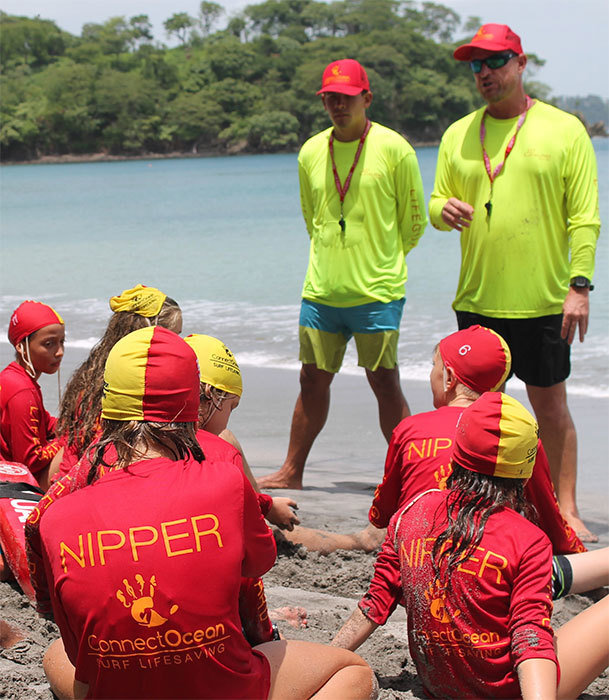
To establish a new unified body, all current stakeholders including the existing ILSF members would be invited to a stakeholder meeting to discuss the following strategy points:
- National objectives for lowering the number of drownings
in Costa Rica by 50%. - Developing
of infrastructure and national capacity building through a unified National Training System and Certification. - How to establish grassroots Water Safety and Learn to Swim programs in high-risk communities.
- Establishing Costa Rica Surf Lifesaving as a voluntary lifesaving movement in Costa Rica by seeding Voluntary Surf Lifesaving Clubs, training of local communities, implementing voluntary duty squads and establishing lifesaving as a sport. Click here for 2018 World Champs info
The model would be based on the Commonwealth Voluntary Lifesaving Club that is being used successfully in Australia, New Zealand and South Africa. The model is based on a community cause that is committed to reducing the number of drownings in specific communities.
Surf Lifesaving Australia is the largest volunteer organization of its kind in the world. These countries use voluntary Surf Lifesaving Clubs to build the capacity of the communities through education and training whilst at the same time protecting the beaches on Sundays and public holidays through voluntary duty patrol squads.
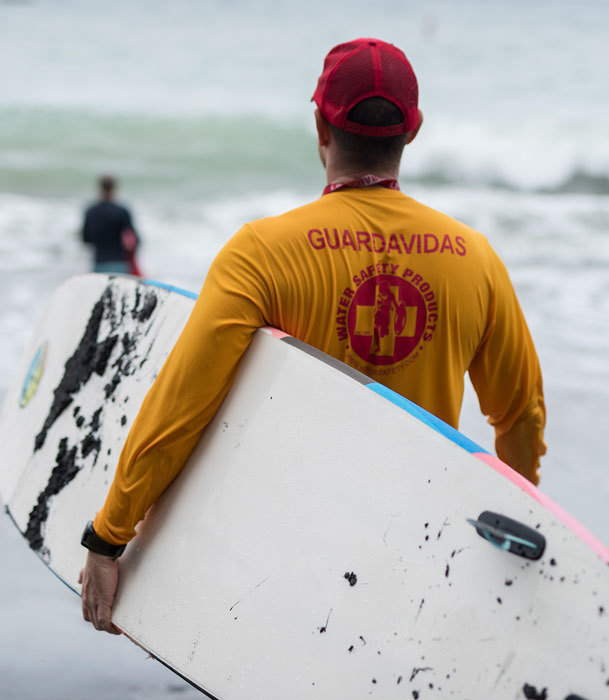
IMPLEMENTATION STRATREGY
The primary implementation strategy would be to establish Surf Lifesaving Clubs in high risk areas in Costa Rica.
The Surf Lifesaving Clubs would essentially be a conduit for:
- Water safety and drowning prevention education.
- Training and establishing volunteer duty squads across high-risk areas in Costa Rica to protect the beaches on Sundays and public holidays.
- A platform to launch Surf Life Saving as a Sport in Costa Rica.
- Inspiring young people to get involved through a Nipper Surf lifesaving/Junior Lifeguard Program.
Costa Rica has a very healthy swimming competition scene with over 25 Swimming Clubs consisting of 1500-2500 competitive swimmers participating in swim meets in the San Jose area. This number does not include the open water swimmers which compete in the national open water circuits which also numbers around 2000 swimmers.
This essentially creates a demographic and pool ratio of between 4000 to 5000 swimmers which could become an acquisition source for voluntary lifeguards.
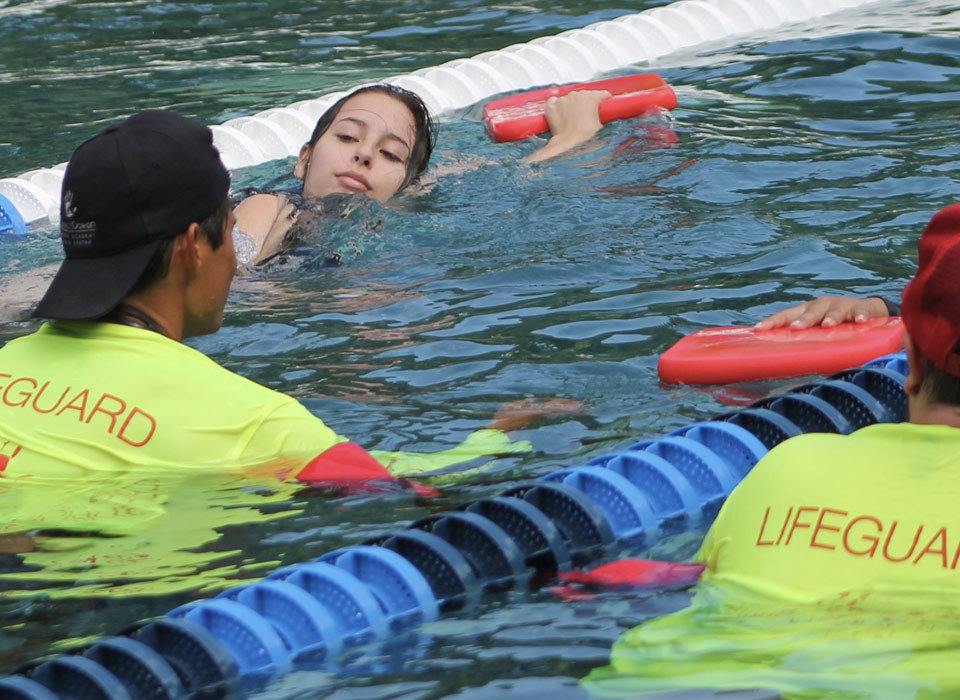
In August, we met with the President of FECODA (the National body of Aquatic Sport) to include Surf Lifesaving as a sport under their umbrella. This would allow us to approach a handpicked squad of national swimmers to participate in a Surf Lifesaving Training Program, with the goal of putting forward a Costa Rican Development Surf Lifesaving Team at the next 2020 World Lifesaving Championships.
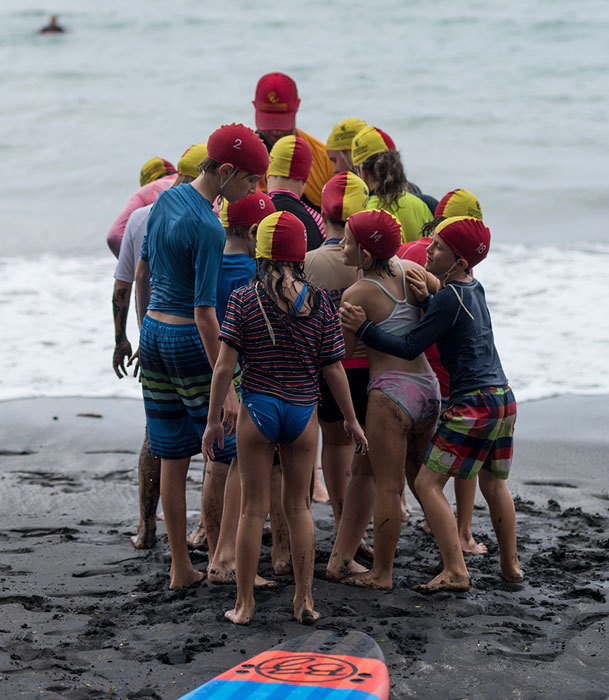
A VOLUNTARY LIFESAVER AQUISITION PLAN
Our plan is to invite competitive swimmers across Costa Rica to participate in weekend workshops of lifesaving as a sport being hosted by professional competitive lifesavers. The workshops would include rescue boards, surf skis, swim and beach events. At the conclusion of the weekend workshops, interested participants would be able to sign up for the World Championship Trials to be considered for the selection of the 2020 World Champs.
A Prerequisite for this selection would be to complete the National Lifesaving Certification Course and become a member of the Costa Rica National Surf Lifesaving Body.
To compete in Lifesaving as a sport you would need:
- To complete your lifesaving certification.
- Be a member of a lifesaving club.
- Complete a minimum number of voluntary hours as part of a duty squad on Sundays or public holidays. Hours can also be credited when volunteering in community learn to swim and drowning prevention education program.
The entire selection process will be documented and coordinated with media and television coverage. We will be covering the entire journey of the participants from rookies to international competitors. With regular updates on social media, we will perpetuate a strong message of national water safety and drowning prevention. This national team would be the first of its kind!
For October 2019 we would like to seek sponsorship for this team to attend and represent Costa Rica at the World Conference on Drowning Prevention in South Africa. After the conference, the team would participate in training camps with South African Lifesaving Clubs in preparation for the 2020 World Lifesaving Championships in Italy.
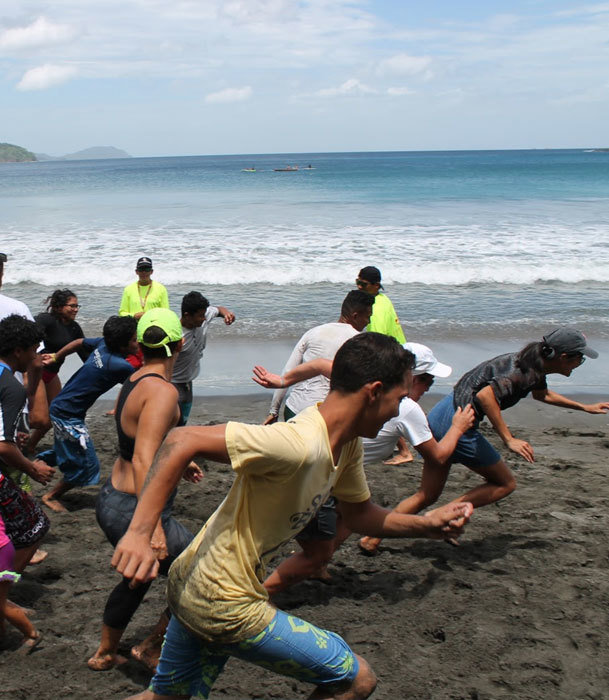
Using the already well established competitive swimming demographics of Costa Rica as a catalyst to grow Lifesaving from a grassroots to a voluntary level would pave the way to eventually have paid career guards in high-risk areas.
Documenting rescues and assists from the voluntary movement would give us the baseline data to motivate further development and lobbying of government support.
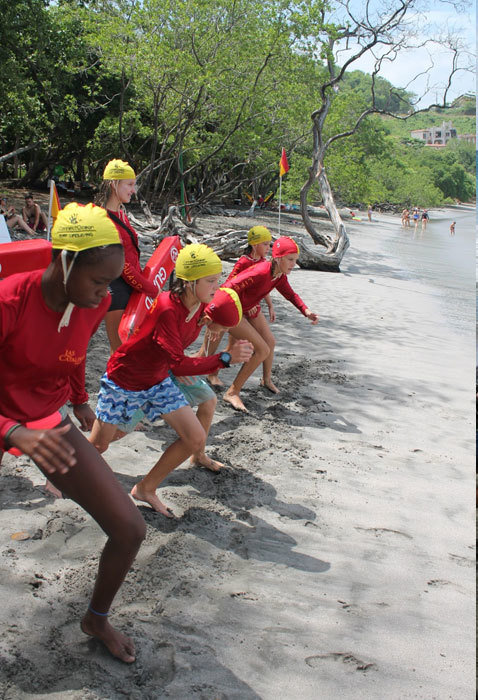
WHERE ARE WE AT NOW?
Currently, we are working towards a National Life Saving Certification where we will ask all the stakeholders to review and contribute.
The Curriculum will include, but not be limited to:
- a Surf Lifesaving Participant Manual.
- a Nipper Surf Lifesaving/Junior Lifeguard Manual.
- a Surf Lifesaving Trainer Manual.
- Grassroots water safety and drowning prevention community activity booklet.
ConnectOcean already has proof of concept. Our Junior Lifeguard program has been up and running for the last 3 years and we have developed the curriculum using best practices from Huntington Beach, South Africa and Australia.
We have also been in touch with various international collaborators for accreditation and endorsement of the curriculum.
SWIM SAFE
Costa Rica Rescue App
As part of our goal to lessen the
The App will be integrated with geo-location and an ArcGIS community platform.
The platform is an interactive map and the app integration will enable us to map rescues in real time across the country.
Through spatial analysis, we are then able to analyze the data which would show us, the hot spots and high-risk areas. The map will also allow us to indicate who made the rescues, if there were drownings, EMS response times, first aid
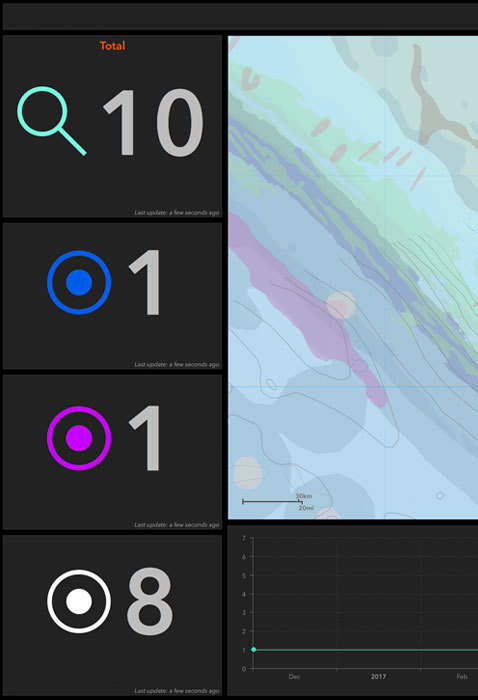
The app allows us to upload the data and pin the locations where there are protected beaches, indicate non-protected beaches, and also become a bank system of all rescues and drownings.
The data is open source and anyone can download it. Community members would also be able to access it and see which of the beaches are safer to access with the goal to lessen the number of coastal drownings.
Ultimately this data will become the baseline to engage the government in supporting this initiative.
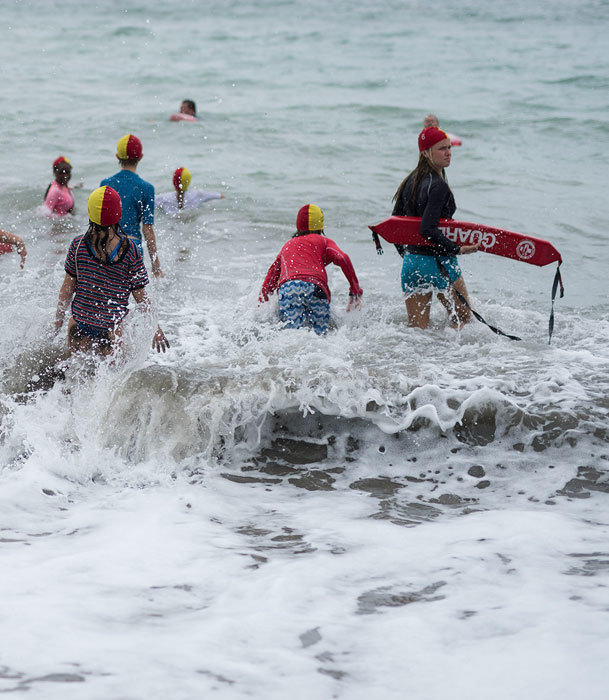
HOW CAN YOU MAKE
A DIFFERENCE
Your assistance can truly make a difference and help save lives. To help us get to our goal to address the drowning statistics in Costa Rica by 50% and implement a plan to introduce lifesaving as a sport in Costa Rica, we would need to acquire the following equipment :
Any contribution towards the above equipment would greatly assist in getting us a step closer to establishing a sport culture among youth that would essentially exist to save lives and lessen the national coastal drowning rate by 50%.
"Through Each Other for Each Other"
CONTACT US
SWIM SAFE Costa Rica
By ConnectOcean
SWIM SAFE Costa Rica
A Project of ConnectOcean Conservation and Outreach. A Division of ConnectOcean Group. Las Catalinas, Playa Danta. Guanacaste, Costa Rica.
- 923


